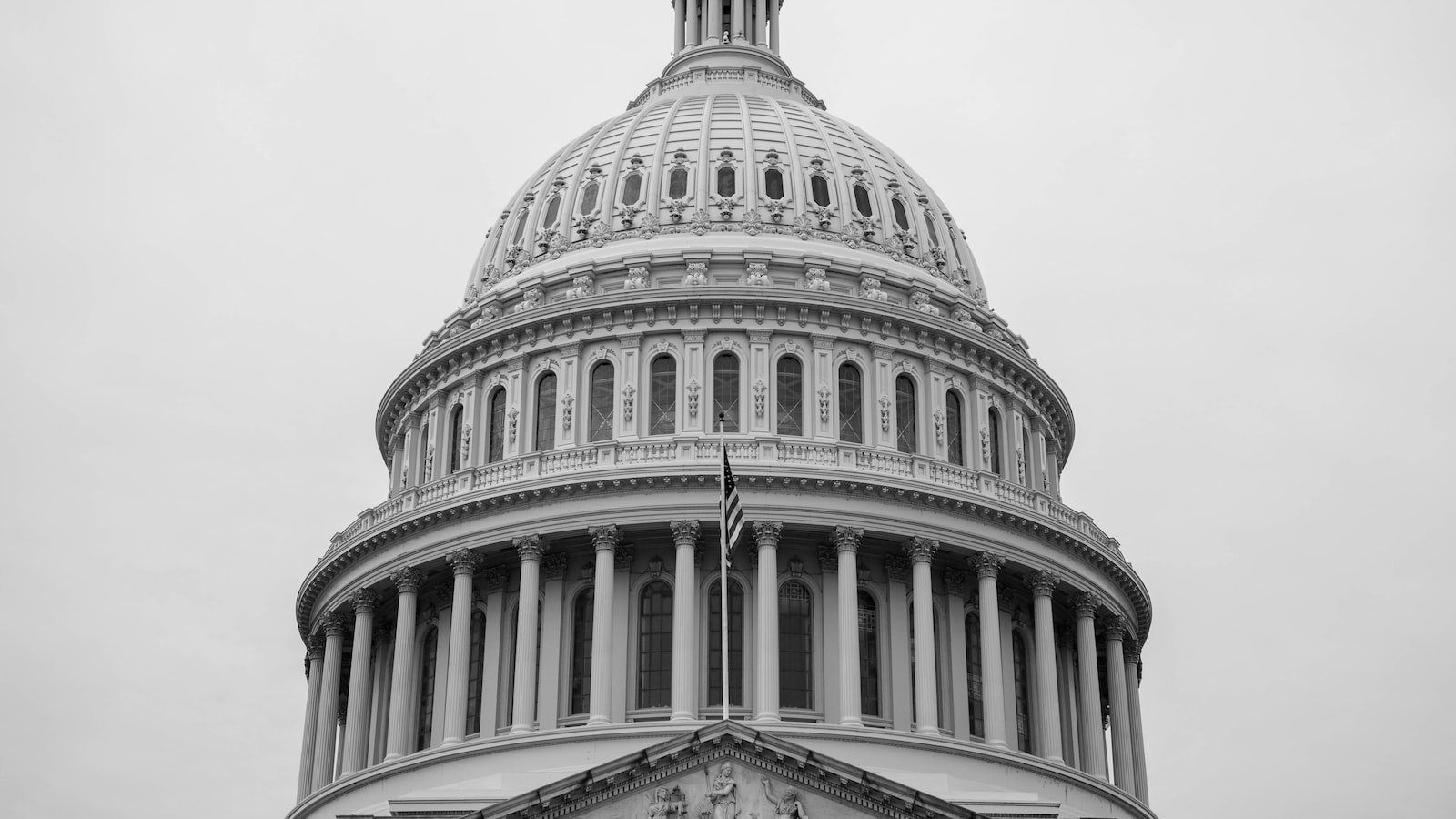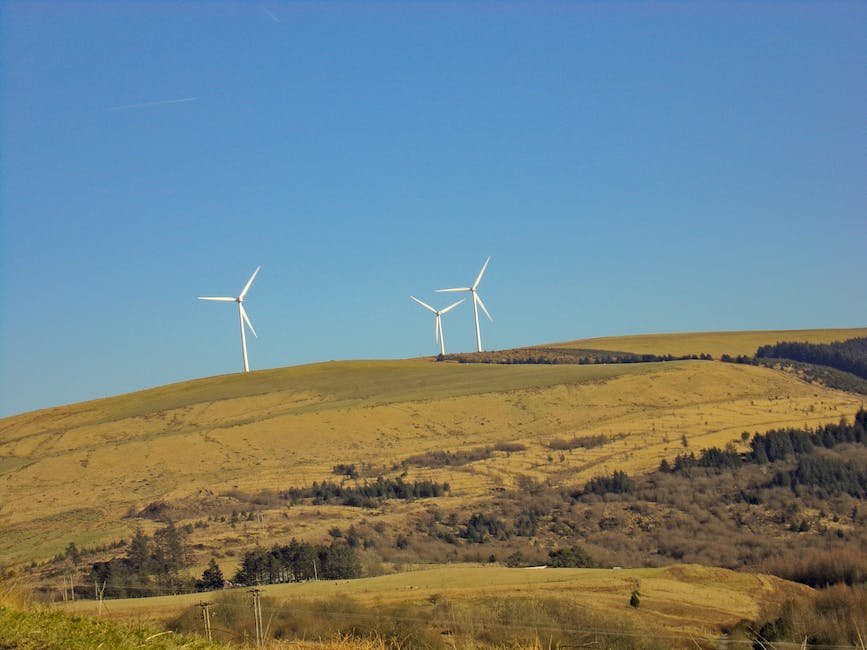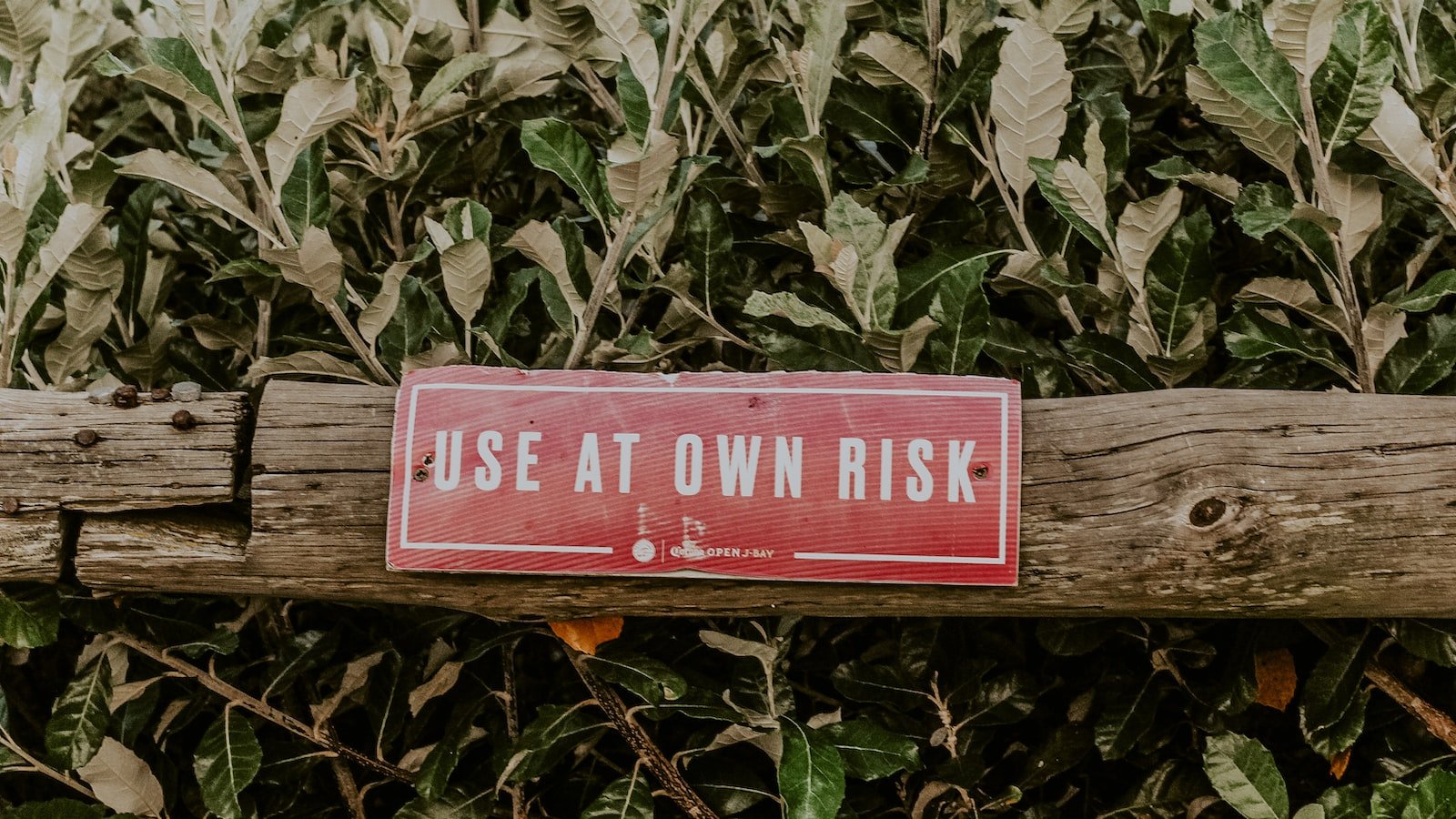Step into a world buzzed with the delightful nuances of nature, where tiny creatures sip nectar, dance through flower fields, and serenade us with their gentle hum. Among these ethereal beings, honeybees stand out as remarkable creatures, producing golden nectar that we deem as liquid gold. Yet, in the realm of national parks, this enchanting practice of beekeeping navigates a labyrinth of legalities. As we delve into the intricate tapestry of regulations surrounding beekeeping within these protected lands, we uncover the delicate balance between conservation and human activities, painted against the backdrop of this buzzing wonderland.
Table of Contents
- The Legalities of Beekeeping in National Parks
- 1. Understanding the Regulatory Landscape: Beekeeping Permits and Policies
- 2. Conservation Considerations: Balancing Biodiversity and Beekeeping
- 3. Mitigating Risks: Best Practices and Guidelines for Beekeepers in National Parks
- 4. Collaborative Solutions: Stakeholder Engagement and Education Initiatives
- 5. Striking a harmonious balance: Nurturing a Sustainable Beekeeping Community in National Parks
- Q&A
- Insights and Conclusions

The Legalities of Beekeeping in National Parks
When it comes to beekeeping in national parks, it’s essential to understand the legalities involved to ensure the well-being of both bees and visitors. National parks have specific regulations in place, prioritizing the preservation and protection of natural ecosystems.
Here are crucial aspects to consider:
- Permits: Beekeepers must obtain the necessary permits before keeping honeybees within national park boundaries. These permits ensure that beekeepers follow specific guidelines and adhere to environmental regulations.
- Location: National parks may have designated areas where beekeeping is permitted. These areas are carefully chosen to minimize any negative impact on the park’s biodiversity and the visitor’s experience.
- Apiary Management: Beekeepers are expected to practice responsible apiary management techniques to preserve the park’s delicate ecosystems. This includes regular inspections of hives, proper disposal of honeybee waste, and minimizing the use of chemicals.
It’s important for beekeepers to research and familiarize themselves with the specific legal requirements of the national park they wish to keep bees in. By carefully following these regulations, beekeepers can contribute to the sustainable coexistence of honeybees and the natural beauty of our national parks.

1. Understanding the Regulatory Landscape: Beekeeping Permits and Policies
When it comes to beekeeping, understanding the regulatory landscape is crucial to ensure you are in compliance with the necessary permits and policies. These regulations are put in place to protect both the beekeepers and the surrounding community.
Below, we have outlined some key points to help you navigate the regulatory requirements:
- Check Local Regulations: Each region or locality may have specific rules and regulations for beekeeping. It is important to research and understand the local regulations that apply to your area. This may include obtaining permits, registering your hives, or adhering to specific guidelines set by the local authorities.
- Permit Applications: Some regions require beekeepers to obtain permits before they can start beekeeping. This ensures that necessary safety measures are in place and that beekeepers are trained to handle bees responsibly. Make sure to inquire about any required permit applications and the process involved.
- Environmental Considerations: Beekeeping can have an impact on the surrounding environment. Familiarize yourself with any environmental policies or guidelines that you need to follow, such as placement of hives, measures to prevent swarming, or environmental protection practices.
By having a solid understanding of the regulatory landscape, you can be confident that you are following the necessary permits and policies while enjoying the rewarding hobby of beekeeping.

2. Conservation Considerations: Balancing Biodiversity and Beekeeping
Beekeeping plays a critical role in our ecosystem, providing a myriad of benefits such as pollination, honey production, and overall biodiversity support. However, as beekeeping practices continue to expand, it is important to strike a delicate balance between promoting beekeeping and conserving biodiversity.
Conservation considerations are crucial to ensure that beekeeping activities do not have unintended negative consequences on the surrounding environment. This delicate harmony can be achieved through measures such as:
- Preserving natural habitats: Maintaining and protecting the natural habitats of wild pollinators, such as meadows, forests, and hedgerows, enhances overall biodiversity and provides ample foraging opportunities for bees.
- Diversifying flowering plants: Encouraging a diverse array of flowering plant species in and around beekeeping areas promotes a more balanced diet for the bees, avoiding over-reliance on a single food source.
- Reducing pesticide usage: Minimizing the use of harmful pesticides and adopting environmentally friendly alternatives prevents the contamination of beekeeping sites and helps protect both bees and other beneficial insects.
- Providing nesting sites: Integrating nesting structures and maintaining undisturbed areas promotes the breeding and thriving of wild bee populations alongside managed honeybee colonies.
By incorporating these conservation considerations into beekeeping practices, we can ensure a harmonious coexistence between beekeepers, wild pollinators, and the diverse flora and fauna that rely on a healthy ecosystem.

3. Mitigating Risks: Best Practices and Guidelines for Beekeepers in National Parks
Best Practices and Guidelines for Beekeepers in National Parks
Beekeeping in national parks can be a rewarding and fulfilling experience, but it also comes with certain risks that need to be mitigated. To ensure the safety of both the beekeepers and the environment, it is important to follow some best practices and guidelines:
- Obtain proper permits: Before starting beekeeping activities in a national park, beekeepers must obtain the necessary permits and licenses. This ensures that all legal requirements are met and that potential risks are minimized.
- Select suitable hive locations: When placing beehives in national parks, it is crucial to choose appropriate locations that are away from trails, picnic areas, and other public spaces. This minimizes the chances of accidental encounters and reduces the risk of bee stings to visitors.
- Maintain regular hive inspections: Regular inspections of beehives are essential for managing any potential health concerns and preventing the spread of diseases among the bee population. Beekeepers should follow a schedule for inspections and maintenance, taking necessary precautions to avoid disturbing or harming the bees.
- Practice sustainable beekeeping: Beekeepers should prioritize sustainable practices that promote the well-being of the bees and the local ecosystem. This includes using organic and natural beekeeping techniques, avoiding harmful pesticides, and maintaining a diverse and healthy foraging environment for the bees.
- Be prepared for emergencies: Despite taking all precautions, emergencies can still occur. Beekeepers should have a well-stocked first aid kit and be prepared to handle potential bee stings or other incidents. Proper training in emergency response procedures is highly recommended.
By following these best practices and guidelines, beekeepers can minimize risks associated with beekeeping in national parks while ensuring a harmonious coexistence between humans and these vital pollinators.
4. Collaborative Solutions: Stakeholder Engagement and Education Initiatives
In order to address complex challenges and achieve sustainable outcomes, collaboration and stakeholder engagement play a crucial role. By actively involving all relevant stakeholders, including community members, government agencies, businesses, and non-profit organizations, we can pool our expertise and resources towards finding effective solutions.
One way to foster stakeholder engagement is through the implementation of education initiatives. By providing meaningful education and training programs, we can empower individuals and organizations to understand the issues at hand and contribute to the collaborative efforts. This can include workshops, seminars, and online courses that cover various topics related to sustainable development, environmental conservation, and social responsibility.
Furthermore, creating platforms and spaces for stakeholders to openly communicate and share ideas can facilitate collaboration. This can be done through regular meetings, conferences, and online forums, where stakeholders can discuss challenges, share best practices, and identify areas for collective action. By encouraging open dialogue and active participation, we can harness the power of collective knowledge and drive positive change.
In summary, collaborative solutions rely on stakeholder engagement and education initiatives. By involving all stakeholders and providing them with the necessary knowledge and platforms for collaboration, we can work together towards a more sustainable future.
5. Striking a harmonious balance: Nurturing a Sustainable Beekeeping Community in National Parks
Striking a Harmonious Balance: Nurturing a Sustainable Beekeeping Community in National Parks
Embracing the vitality of beekeeping within our cherished national parks, we endeavor to foster a harmonious coexistence between beekeepers and the surrounding natural ecosystems. Through sustainable practices and community engagement, we aspire to safeguard the delicate balance of biodiversity while promoting the honeybee’s crucial role as a pollinator.
To achieve this balance, we emphasize the following principles:
1. Education and Awareness:
- Empowering both beekeepers and visitors with knowledge about the vital role of honeybees in sustaining our ecosystems.
- Organizing interactive workshops, seminars, and awareness campaigns to promote responsible beekeeping practices.
- Collaborating with local schools and community organizations to create educational programs and resources.
2. Eco-friendly Beekeeping Practices:
- Encouraging organic and sustainable beekeeping methods to minimize negative impacts on the environment.
- Promoting natural hive management techniques, such as habitat preservation, integrated pest management, and limited use of chemicals.
- Facilitating the use of native plants within national parks to provide a diverse and healthy forage range for honeybees.
3. Collaboration and Support:
- Fostering a strong network within the beekeeping community, national park authorities, and environmental organizations.
- Establishing platforms for beekeepers to exchange knowledge and best practices, promoting collective learning and growth.
- Creating partnership opportunities for funding, research, and collaboration on conservation efforts that protect native flora and fauna.
By nurturing a sustainable beekeeping community in national parks, we strive to enrich our cultural heritage, protect biodiversity, and inspire future generations to embrace the intrinsic connection between humans and nature.
Q&A
Can I keep bees in national parks?
Yes, beekeeping is generally allowed in national parks, but it is important to check with the specific park’s regulations and obtain any necessary permits or licenses.
Are there any restrictions on beekeeping activities in national parks?
Yes, certain activities such as the use of pesticides or chemicals may be prohibited to protect the natural environment. Additionally, some national parks may have specific guidelines on hive placement and management to minimize any negative impact on the ecosystem.
Do I need a permit to keep bees in national parks?
It depends on the park. Some national parks require beekeepers to obtain permits or licenses to ensure responsible beekeeping practices and proper hive management. It is crucial to check with the park authorities to understand the specific requirements.
What should I do if there is a conflict between my bees and park visitors?
As a beekeeper, it is your responsibility to mitigate any potential conflicts. This may include appropriate hive placement, providing information to park visitors about bee safety, and working closely with park authorities to address any concerns and find a mutually beneficial solution.
Are there any precautions I should take to protect the park’s ecosystem?
Absolutely. Beekeepers should be mindful of the forage sources available and avoid introducing non-native plant species that could harm the park’s ecosystem. Additionally, practicing integrated pest management techniques and minimizing the use of pesticides can help protect the park’s natural balance.
Can beekeepers sell honey or other bee products obtained from national parks?
In general, selling honey or other bee products obtained from national parks is permitted. However, it is crucial to comply with relevant laws and regulations governing the sale of agricultural products. Some parks may have specific guidelines and requirements, so it is always best to check with the park authorities before engaging in any commercial activities.
What happens if my bees become a threat to park visitors or wildlife?
If your bees become a threat to park visitors or wildlife, park authorities may require you to relocate or remove them. It is essential to have a plan in place to respond appropriately and swiftly to any such situation in order to maintain the safety of the park’s ecosystem and its visitors.
Insights and Conclusions
As we bid adieu to the captivating world of beekeeping in national parks, let us take a moment to marvel at the delicate tapestry of legalities intricately woven around this buzzing endeavor. From the humble beginnings of honey enthusiasts to the labyrinthine channels of park regulations, we have explored the harmonious dance between man and nature, all within the confines of these protected lands.
Throughout our journey, we have witnessed the careful balance struck by park authorities, who strive to protect the sanctity of national parks while embracing the invaluable contributions that bees offer within their borders. Through a symphony of permits, guidelines, and meticulous planning, beekeepers have been able to find a place amidst nature’s grandeur, tending to their beloved hives.
Yet, as with any marriage between human ambition and environmental stewardship, contentious issues have inevitably arisen. The dilemma of balancing the needs of bees with the intrinsic fragility of ecosystems has sparked passionate debates among ecologists, beekeepers, and nature enthusiasts alike. The multifaceted mosaic of opinions challenges us to discover innovative solutions that can preserve the rich tapestry of flora and fauna, while ensuring the safety and preservation of these invaluable pollinators.
As we delve deeper into the world of beekeeping, we encounter a rich tapestry of legal considerations that must be carefully woven into any dream of establishing hives within national parks. From federal regulations to state-specific statutes, even local park ordinances, the web of legalities demands that prospective beekeepers become well-versed in the intricacies of the land they wish to call home for their buzzing companions.
By integrating beekeeping into protected areas, national parks can nurture not only the sweet produce of these tiny creatures but also a deeper understanding of the essential role they play in our fragile ecosystems. The legal framework surrounding beekeeping in these hallowed grounds thus acts as a guardian, reminding us of our duty to preserve nature’s intricate interconnectedness while reaping its bounties responsibly.
As day surrenders to the embrace of night, our exploration of the legalities of beekeeping in national parks comes to a close. From the symphony of buzzing wings to the intricate dance of law and conservation, we depart with a heightened appreciation for the complexity of nature’s tapestry. Let us continue to tread softly in these treasured lands, respecting both the legal boundaries and the harmonious relationship between man and bee, ensuring the legacy of beekeeping thrives for generations to come.
As an affiliate, my content may feature links to products I personally use and recommend. By taking action, like subscribing or making a purchase, you’ll be supporting my work and fueling my taco cravings at the same time. Win-win, right?
Want to read more? Check out our Affiliate Disclosure page.